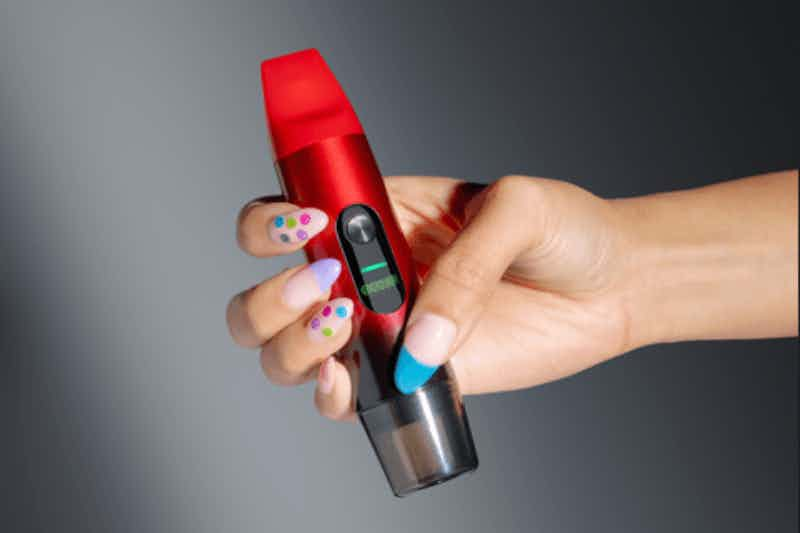Introduction
In recent years, vaping has emerged as a popular alternative to traditional smoking. With its rise, discussions around battery life have become increasingly common among both novice and experienced vapers. Despite this, many misconceptions still cloud the understanding of how vape batteries operate. Addressing these misconceptions is crucial for enhancing the vaping experience and ensuring safety. In this article, we will delve into the most common myths surrounding vape battery life and provide clarity on the subject.
Misconception 1: All Vape Batteries Are the Same
One of the most prevalent misconceptions is that all vape batteries are interchangeable. In reality, vape batteries come in various types, sizes, and capacities, which significantly influence their performance. For example, 18650 batteries are commonly used in high-wattage devices, while smaller pens may rely on built-in lithium-ion batteries.
Understanding the specific requirements of your device is crucial. Using the wrong type of battery can affect not only the longevity but also the safety of your vaping experience. Manufacturers often provide guidelines on optimal battery use, and following these instructions can enhance both performance and battery life.
Misconception 2: Higher Battery Voltage Equals Longer Life
Another common belief is that higher voltage translates directly to longer battery life. However, this is not necessarily true. While voltage does have an impact on performance—higher voltages can deliver more power and vapor production—they also drain the battery faster. Consequently, a battery running at a higher voltage may provide a more intense vaping experience, but it will deplete more quickly.
It’s essential for vapers to find a balance between voltage and battery life. A moderate voltage setting can often yield a satisfactory vaping experience while extending the life of the battery.
Misconception 3: You Can Overcharge Your Vape Battery
Many users believe that it’s safe to leave their vape batteries charging overnight or for extended periods. In truth, overcharging can harm the battery’s longevity and performance. Most modern chargers come equipped with technology to prevent overcharging, but it’s always wise to unplug the charger once the battery is fully charged.
Occasionally, checking the battery life cycle can provide insight into when it’s time to replace the battery. Most lithium-ion batteries have about 300-500 charge cycles before they begin to lose significant capacity.
Misconception 4: Vape Battery Life Is Only Affected By Usage
While frequency of use is a significant factor affecting battery life, other elements play a crucial role as well. Environmental factors such as temperature can significantly impact battery performance. For example, extreme cold or heat can reduce battery efficiency and longevity.
Moreover, the type of e-liquid used in the vape can also affect battery life. Thick, high-viscosity e-liquids may require more power to vaporize, thereby using battery resources more quickly. Understanding these factors can help vapers optimize their experience and make informed choices about their vaping habits.
Misconception 5: A Battery’s mAh Rating Is All You Need to Know

Many individuals erroneously believe that the milliamp-hour (mAh) rating is the sole indicator of a vape battery’s capacity. While a higher mAh rating does signify a higher capacity, it doesn’t paint the full picture. Factors such as internal resistance and the quality of the battery chemistry also play critical roles in determining overall performance.
For instance, two batteries might have the same mAh rating but differ significantly in efficiency, discharge rate, or safety standards. Conducting thorough research on the brand and type of battery you are using can lead to better-informed choices.
Comparative Analysis of Common Battery Types
To provide further clarity, here is a comparison of three common battery types used in vaping:
| Battery Type | Typical Use | Avg. mAh Rating | Voltage Range |
|---|---|---|---|
| 18650 | High-wattage devices | 2000-3500 | 3.6 – 4.2 V |
| 20700 | High-performance devices | 3000-4000 | 3.6 – 4.2 V |
| Built-in | Pod systems | 200-1500 | 3.3 – 4.2 V |
Understanding the distinctions between these batteries can provide insight into how they might affect your daily vaping experience.
In summary, demystifying the common misconceptions surrounding vape battery life doesn’t just enhance your vaping experience; it also contributes to a safer and more efficient use of your device. Staying informed is key to making the best choices for both enjoyment and longevity.




